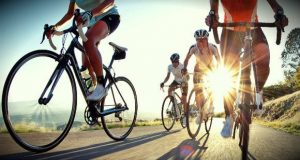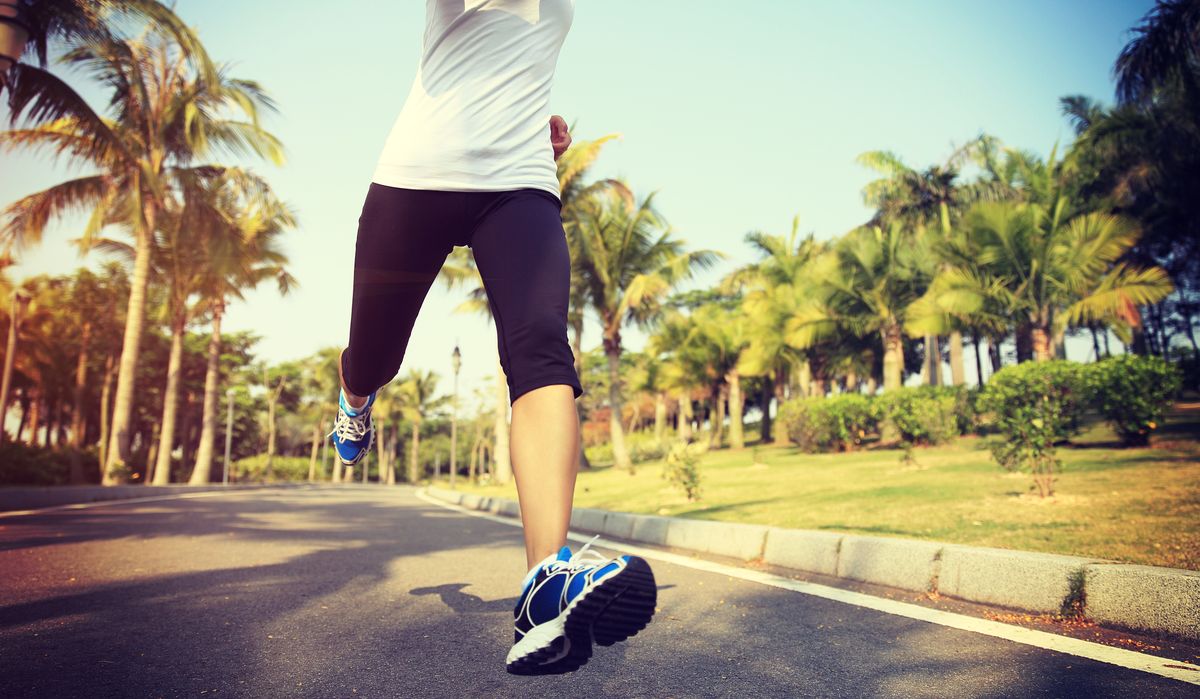With the creative names that are sometimes used – like “giving the cake” – it is difficult to take the phenomenon seriously. But if you started training on two wheels, you may have already encountered the dreaded fatigue, the characteristic state of pure exhaustion that is reached when there is no more fuel in the reserve.
And how to avoid the horrible feeling of having your legs made of gelatin, so that you can get even more out of your bike training?

Why do power failures happen?
It is likely that you have felt a sudden complete lack of energy, if you have already found yourself having to stop on the side of the road so that your legs could recover, after they have turned into gelatin. Long resistance exercises cause depletion of our glycogen stores, from which the body burns fat to obtain fuel.
We begin to feel a fit of fatigue when the glycogen stores run out – this is where the power outage occurs.
Prevent power outages
The obvious – and probably the easiest – way to prevent fatigue in a bicycle workout is to consume enough fuel beforehand. This is achieved by eating enough carbohydrates, through food or a supplement specifically made to increase energy reserves.
If you are going to be on the bike for more than an hour or anticipate the need for an additional energy stimulant, it is a good idea to bring a couple of snacks rich in carbohydrates.
Pasta pans and potato packs are not necessarily the most portable food in the world, so gels and drinks or energy bars are a good alternative to restoring glycogen stores during the trip.
How many carbohydrates do I need?
Although the carbohydrate load is a good excuse to eat your favorite carbohydrate foods, in particular foods that you have to avoid when you are controlling macronutrients more carefully (such as rice or potatoes) , it is essential that you do not overdo it with carbohydrates.
As with any other food, an excess of carbohydrates can cause weight gain, so it is vital that you only consume what is necessary to restore and maximize glycogen stores.
This corresponds to about 6 to 10 grams of carbohydrates per kilogram of body weight, equivalent to 50-55% of your energy intake. Although you can choose sources of carbohydrates rich in glucose, such as bread, pasta, rice and any other flour or cereal product, maltodextrin takes more time to be absorbed by the body, and therefore provides energy during a longer period of time. 1
When should I start loading carbohydrates?
For recreational cyclists who like to enjoy a longer ride, they should start by maximizing their carbohydrate reserves starting with dinner the night before. Make sure you take one or two carbohydrate-rich snacks and have a well-served breakfast, with a generous dose of carbohydrates.
If you take cycling more seriously and want to do a workout that lasts half a day, or even a whole day, you should think about consuming carbohydrates in the previous 24 hours, at least. And, again, don’t forget the snacks before you leave the house!
Snacks while traveling
If your priority is to beat a personal record or win a competition, and not listen to your body and take a break, you should know that the cyclists on the Tour de France eat about 50% of their daily calorie consumption while cycling.
Eating while traveling does not mean that you will need to pull over to the side of the road or take a break. If it is safe and possible to pick up snacks while pedaling, there is no need to stop.
Of course, we are not trying to convince you to not stop: our own legs often need a rest! You will have to decide that for yourself.
Another thing to keep in mind is the snack time. One might think that it is only necessary to consume extra glycogen when we start to feel tired, but, in fact, it is more beneficial to eat more continuously, to avoid sudden exhaustion. 2
Final Message
It doesn’t matter if you are starting cycling or if you have been cycling for years. Adequate nutrition is important, regardless of your skill level or your cycling route.
Check your carbohydrate reserves before and during your trip to avoid power outages. There is nothing worse than knowing that you still have 30km to finish, or have a hard slope ahead, and no longer have any snacks in your pocket.


Be First to Comment